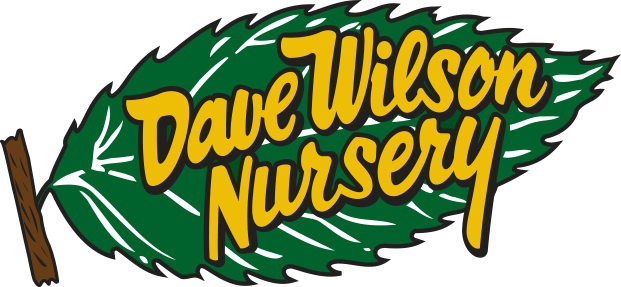We sell our products to retail nurseries, garden centers, container growers who sell to landscape contractors and retail nurseries, mail order nurseries, and anyone else who qualifies. We do not accept direct sales to consumers.
If you are new to fruit tree pruning and want to keep it simple, a good general approach is to 1) know the reasons for pruning and 2) learn to prune by doing it and observing the results.
The main objectives of pruning are to establish strong scaffold limbs, allow sunlight penetration and air circulation in the canopy, manage the amount of fruiting wood, and control tree size. Sunlight throughout the canopy is required for fruiting wood renewal and fruit quality. Good air circulation is required to minimize moist conditions that favor disease. When deciding what to prune, remember that mature fruits should have space around them; they should not touch. Remove crossing and crowded limbs. Remove broken and diseased wood (cut into healthy wood well below sign of disease). Sometimes removing a large limb near the center of the tree will dramatically improve the structure and openness of a tree. Remove excess fruiting wood or, to stimulate new fruiting wood lower in the canopy, head back limbs. Remove suckers (vigorous non-fruiting shoots).
For young trees (first 1-3 years, depending on growth) being pruned to open-center (vase-shape), the main objective is to favor the development of 3-5 well-placed, strong, main scaffold limbs by heading them back and removing any others.
For best healing when removing limbs, make a clean cut near the base being sure to leave the collar (swelling at the base) if there is one, but do not leave any additional stub. When heading back (cutting back or partially removing), cut to a bud facing in the direction desired for new growth. Good quality scissor-action hand pruners and long-handled loppers are required for most pruning jobs. Use a pruning saw for large limbs. Be sure to make an undercut when removing large limbs to prevent tearing. Well-sharpened tools make cleaner cuts and are easier to use.
Pruning may be done in winter or summer. For backyard fruit growing, it is usually most practical to do some of each.
Tree size is controlled most effectively by summer pruning. In late spring or early summer, cut back the first flush of new growth. If controlling tree height to 8-10 feet or less, the new growth of vigorous trees like peaches and nectarines should be cut back by at least half. When there is significant growth above your chosen height, head back to that height. (Eight feet is a good, easy-to-work-with tree height). At the time of fruit thinning is a convenient time to prune. Prune the most vigorous trees as often as needed in summer to control tree height, always leaving sufficient foliage to prevent sunburning of the fruit and interior limbs.
Finish detail pruning in winter when it is easier to see what should be removed or headed back. For less vigorous trees and trees maintained at large size, head back limbs in winter to stimulate stronger new growth from the remaining buds and to keep new growth low, within your chosen canopy size.
Apricot and cherry trees are more susceptible to disease and should be pruned only in dry weather during the growing season, so the cuts heal quickly and do not become infected. A good time to prune apricots and cherries is after harvest.
All pome and stone fruits may be trained to an open-center ("vase") system with multiple main scaffold limbs. Apples, pears and cherries are also well suited to a central (single) leader system.
Observing the results of your pruning during the following season will reveal whether you removed too much wood or not enough. (Does sunlight reach into the lower canopy? Is there space around all limbs? Is there too much or too little crop? Is the tree the size you want?) Learn by doing. Develop your own rules of thumb, your own methodology. Pruning is an art: everyone does it a little differently. Prune whenever you see something that should be done. Beginners tend to be overly cautious, timid, pruning too little. Pruning is easiest when it is kept up.
See also:
Is it necessary to cut back a fruit tree after planting?
Planting Your Backyard Orchard - pruning at planting time
Backyard Orchard Culture - pruning the first three years and summer pruning
Taming The Big, Old Tree - renovating an overgrown, neglected fruit tree
